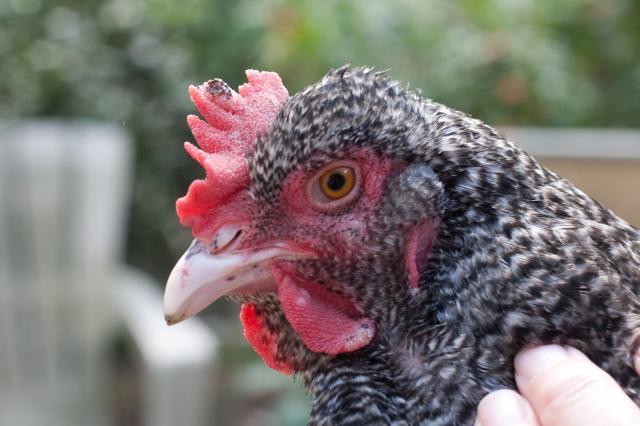Fowl Pox
(Avian Pox, Avian Diphtheria)
Cause
Fowl pox is caused by a pox virus.
Transmission
Introduction of infected or carrier birds in a susceptible flock will cause an outbreak by direct contact and water or feed transmission.
Mosquitoes and other flying insects can also transmit the virus from bird to bird and also transmit the disease to nearby flocks. The incubation period varies from 4 to 20 days.
Species, affected
Chickens, turkeys, pheasants and pigeons can be affected by different fowl pox virus strains.
Mortality
Mortality is variable, from a low 1 to 2%, when slight head lesions are present, to over 40% when the diphtheritic form (wet pox) is more prevalent.
Reduced egg production can be observed in laying birds,this will return to normal in a few weeks.
43Diagnosis
Wart like lesions of the head particularly of the comb and around the eyes or yellow cheesy lesions of the mucous membranes of the nasal and buccal cavities are suggestive of fowl pox. A definitive diagnosis can be made in a diagnostical laboratory by histological examination (inclusion bodies) or virus isolation in embryonated chicken eggs.
Treatment and control
It is difficult to treat affected birds. Treatment of local lesions with disinfectant and/or removal of the diphtheritic membranes from the throat to improve respiration has been practised.
Preventive vaccination using a live vaccine is by far the most succesful control method. Even when an outbreak of fowl pox has been diagnosed, it is advisable to vaccinate the flock
immediately to stop further spread of the infection.
https://www.backyardchickens.com/LC-diseases-AvianPox.html

